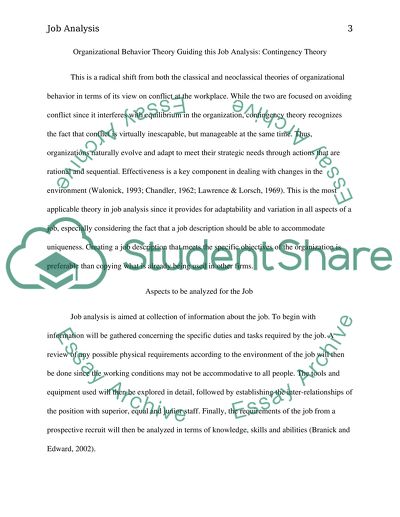Cite this document
(“Job Analysis Research Paper Example | Topics and Well Written Essays - 2000 words”, n.d.)
Retrieved from https://studentshare.org/human-resources/1431391-job-analysis
Retrieved from https://studentshare.org/human-resources/1431391-job-analysis
(Job Analysis Research Paper Example | Topics and Well Written Essays - 2000 Words)
https://studentshare.org/human-resources/1431391-job-analysis.
https://studentshare.org/human-resources/1431391-job-analysis.
“Job Analysis Research Paper Example | Topics and Well Written Essays - 2000 Words”, n.d. https://studentshare.org/human-resources/1431391-job-analysis.


